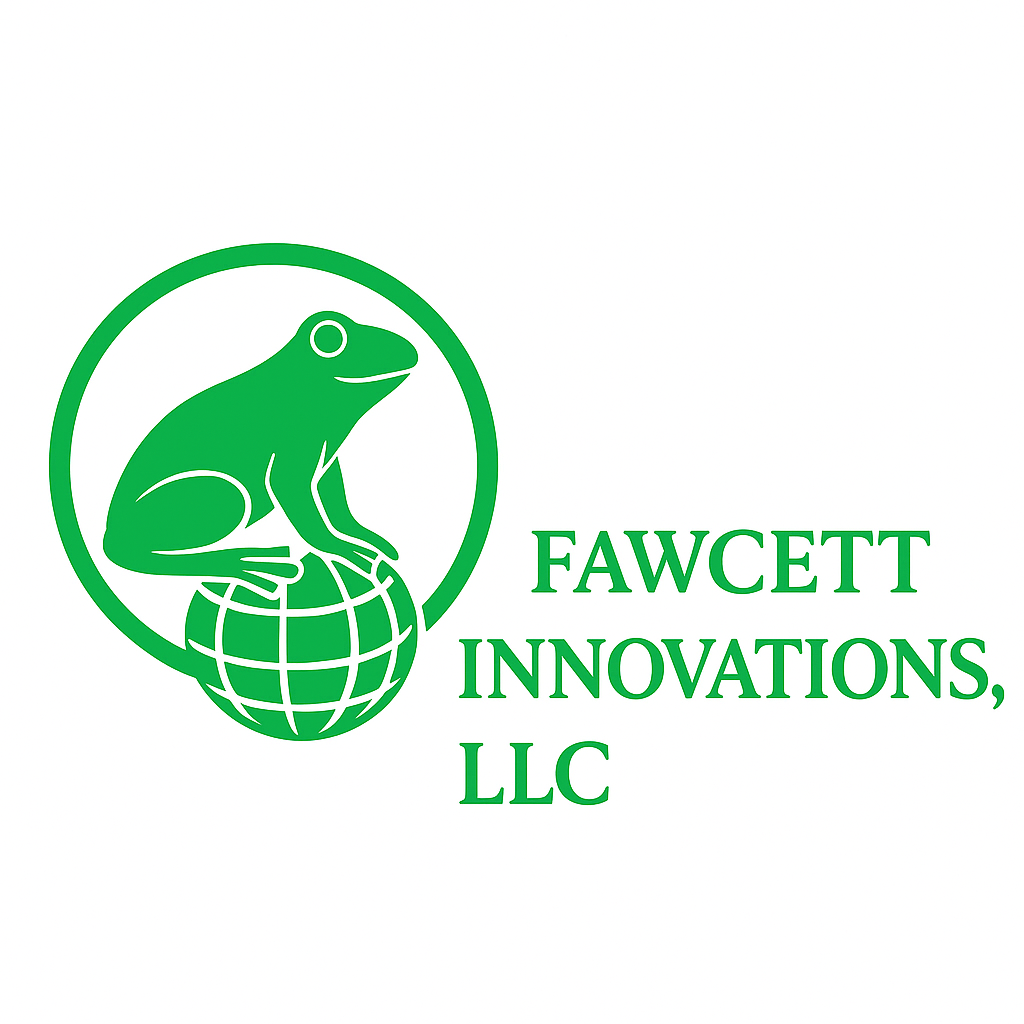Two ways I can help you
Do you need help surviving today’s problems —
or building tomorrow’s infrastructure?
If you’re here because you’re responsible for a system that can’t quietly fail, start with Consulting. If you’re here because you want to see the next leap in networking and AI, go straight to FrogNet.
Fix the systems you’re on the hook for today.
Architecture, AI, and infrastructure that actually has to work. I help you diagnose fragile systems, simplify what’s overgrown, and design something you can trust.
FrogNet Host Platform
FrogNet Semantic Networking
See what comes after “cloud-first” networking.
A sovereign, offline-first intranet and AI fabric for the real world — floods, farms, substations, shelters, and communities that can’t depend on a friendly Internet.
One person, two fronts of the same mission
The consulting work is about getting critical systems under control right now. FrogNet is about changing what those systems can be in the first place. Both come from decades of building real-time, distributed, and mission-critical software that cannot quietly fail.
